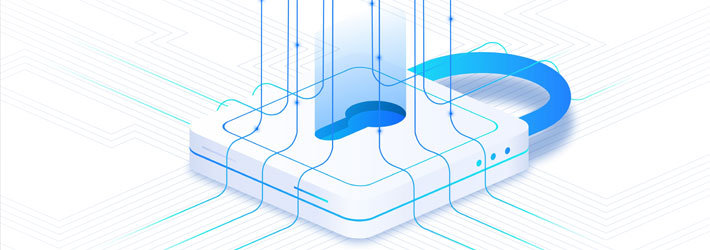

In this blog, we’ll go through the ins and outs of a security policy, including what it is, why it’s important and some of the core components of an effective security policy. Let’s get started.
A security policy is a document that outlines the rules and methods an organization uses to protect its data. It includes general security goals and covers specific issues like remote access, acceptable use and data collection. It is used with other documents, like standard operating procedures, to help achieve security goals. The policy explains the strategy and the reasons behind the proposed security measures, while other documents provide information on how to implement them.
Security policies are a crucial aspect of information security programs. They guide the implementation of technical controls by clarifying senior management’s intentions and expectations for security. These policies provide a starting point for security teams to translate these intentions into specific technical actions, ensuring consistent application of security controls.
Security policies help to ensure that all individuals are applying the same standards. They outline what is considered appropriate and inappropriate behavior, such as using company devices for personal use or sharing passwords. They are also used to establish how compliance is monitored and enforced.
Documented security policies are required by regulations such as GDPR, CCPA, HIPAA, SOX, PCI-DSS, and so on. Even when not explicitly mandated, security policies are necessary for organizations to meet strict security and data privacy requirements. Furthermore, well-designed security policies enhance organizational efficiency by promoting consistency, avoiding duplication of effort, and providing clear guidance for policy exceptions. Ultimately, they help organizations meet their business objectives.
There are three types of security policies outlined by NIST:
These policies are created by senior management with input from IT and security teams.
Since security policies play a vital role in your information security program, they must be carefully crafted, implemented, and enforced. A well-designed security policy should include the following components:
Clear goals and objectives: To help employees understand the importance of information security, program policies should have a clear mission statement or purpose at the top level.
Clearly defined scope and applicability: Every security policy should clearly define who it applies to, whether based on geographic region, business unit, job role, etc.
Endorsement from senior management: Ideally, security policies should communicate intent from senior management in order to gain support and ensure successful implementation, communication, and enforcement.
Procedures for enforcement: Security policies should have mechanisms for enforcement to prevent non-compliance. Instead of aiming for perfection, security policies should be realistic and not overly burdensome to encourage adoption.
A glossary of important terms: Considering that not all employees are technically inclined, it is helpful to use concise, jargon-free language. Any technical terms should be clearly defined for better understanding.
Acceptable level of risk: Each organization’s management must determine the acceptable level of risk. Consequently, security policies should align with the organization’s risk appetite and cover relevant topics accordingly.
Protocols for updating the policy: Regular reviews and updates are essential for maintaining the effectiveness of security policies. While the program or master policy may not require frequent changes, issue-specific policies should be updated as technology, workforce trends, and other factors evolve. New policies may also be necessary over time, such as BYOD and remote access policies that have become common in recent years.
Each security policy must be tailored to the specific needs of the organization, even with the availability of templates and real-world examples. Whether starting from scratch or using an existing template, the following questions can assist in adopting the right approach:
An organization may have numerous IT security policies in place that cover a variety of areas. The choice of policies to implement will depend on the company’s technology, culture, and risk tolerance. Here are some of the most frequently encountered security policies:
Program or organizational policy: This comprehensive security plan is essential for all organizations. It outlines the goals and objectives of the information security program, as well as delineates roles and responsibilities, compliance monitoring and enforcement, and alignment with other organizational policies and principles.
Acceptable use policy: This policy defines the acceptable conditions for employees to access and use the company’s information resources.
Remote access policy: This policy highlights how and when employees can remotely access company resources.
Data security policy: While data security can be addressed in the program policy, having a dedicated policy that outlines data classification, ownership, and encryption principles for the organization can be beneficial.
Firewall policy: A firewall policy specifies the types of traffic that an organization’s firewall(s) should permit or block. It’s important to note that, at this level, the policy only describes what traffic is allowed, while a procedure document would explain how to configure a firewall to block specific types of traffic.
A security policy is an essential component of any information security program, but it cannot exist in isolation. To achieve comprehensive threat protection, eliminate vulnerabilities, pass security audits, and swiftly recover from security incidents, it is imperative that you have the right security technologies in place. The Lepide Data Security Platform gives you visibility into how your critical systems and data are being accessed and used, and by who. It notifies you in real-time when suspicious changes are detected. This enables you to make informed choices about the assets that are most at risk, and the actions that need to be taken to keep them secure.
If you’d like to see how the Lepide Data Security Platform can help you design, implement and enforce your security policy, schedule a demo with one of our engineers.
Iain RobertsA highly experienced cyber security consultant with 12 years experience in the security arena.